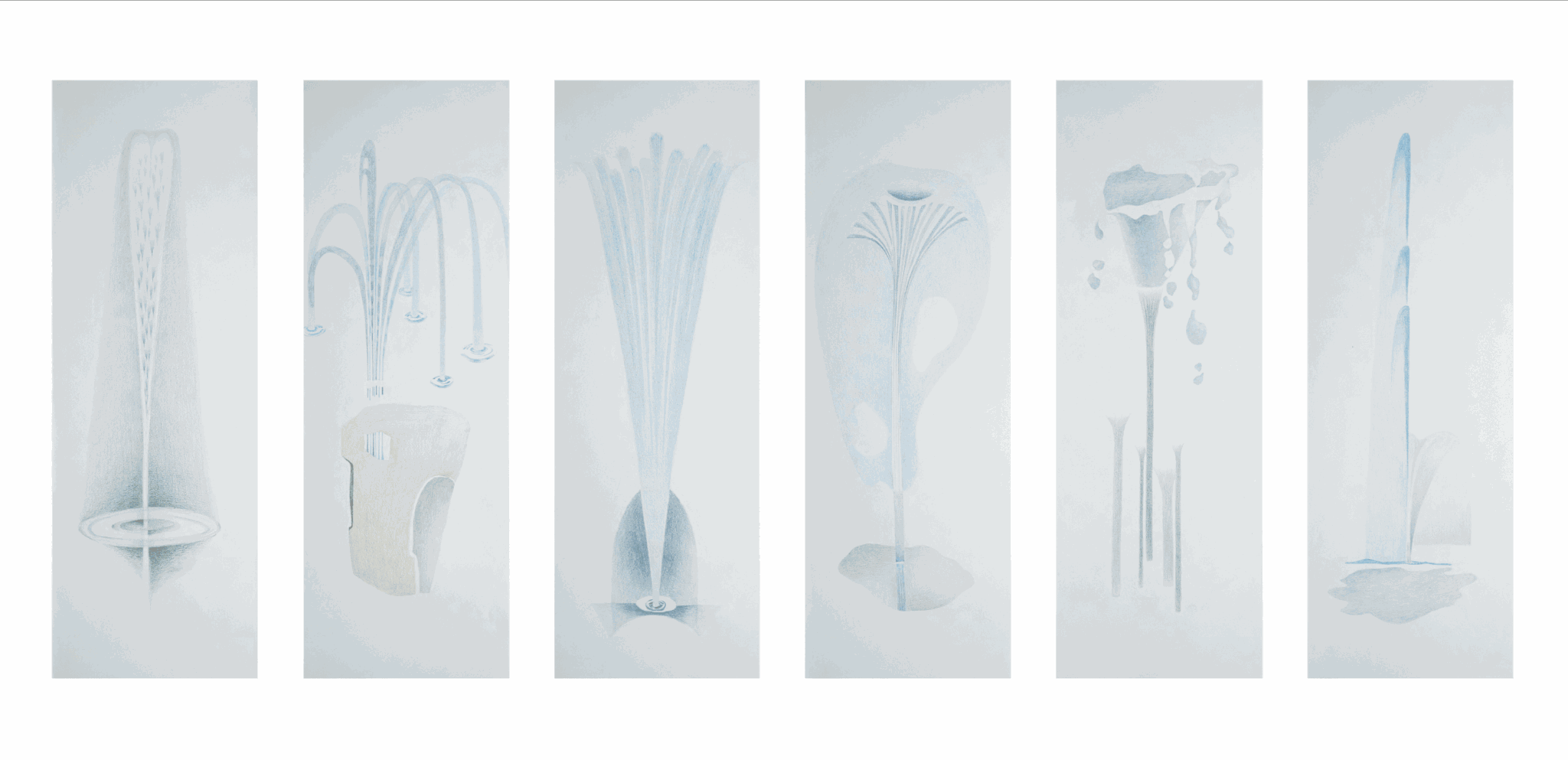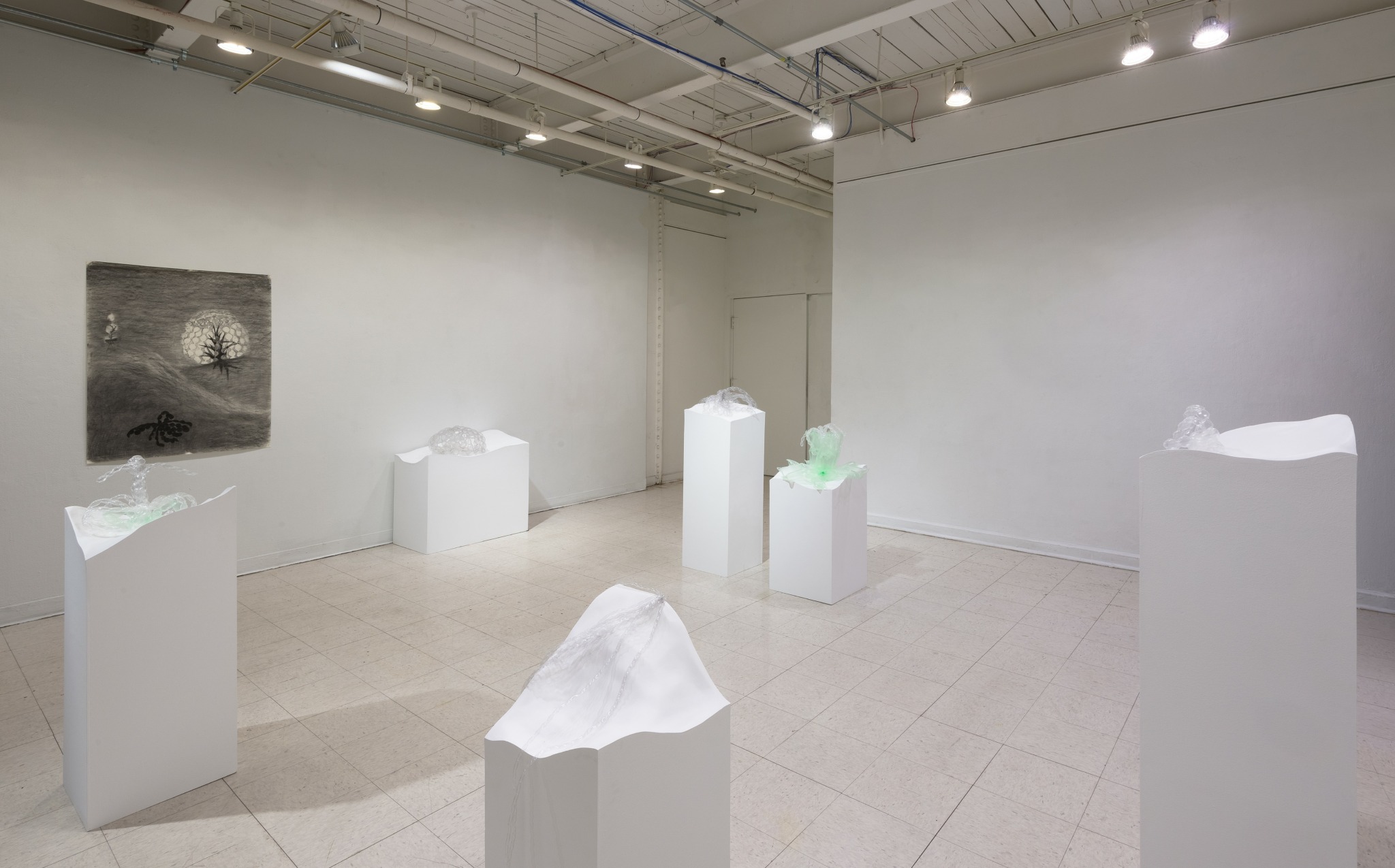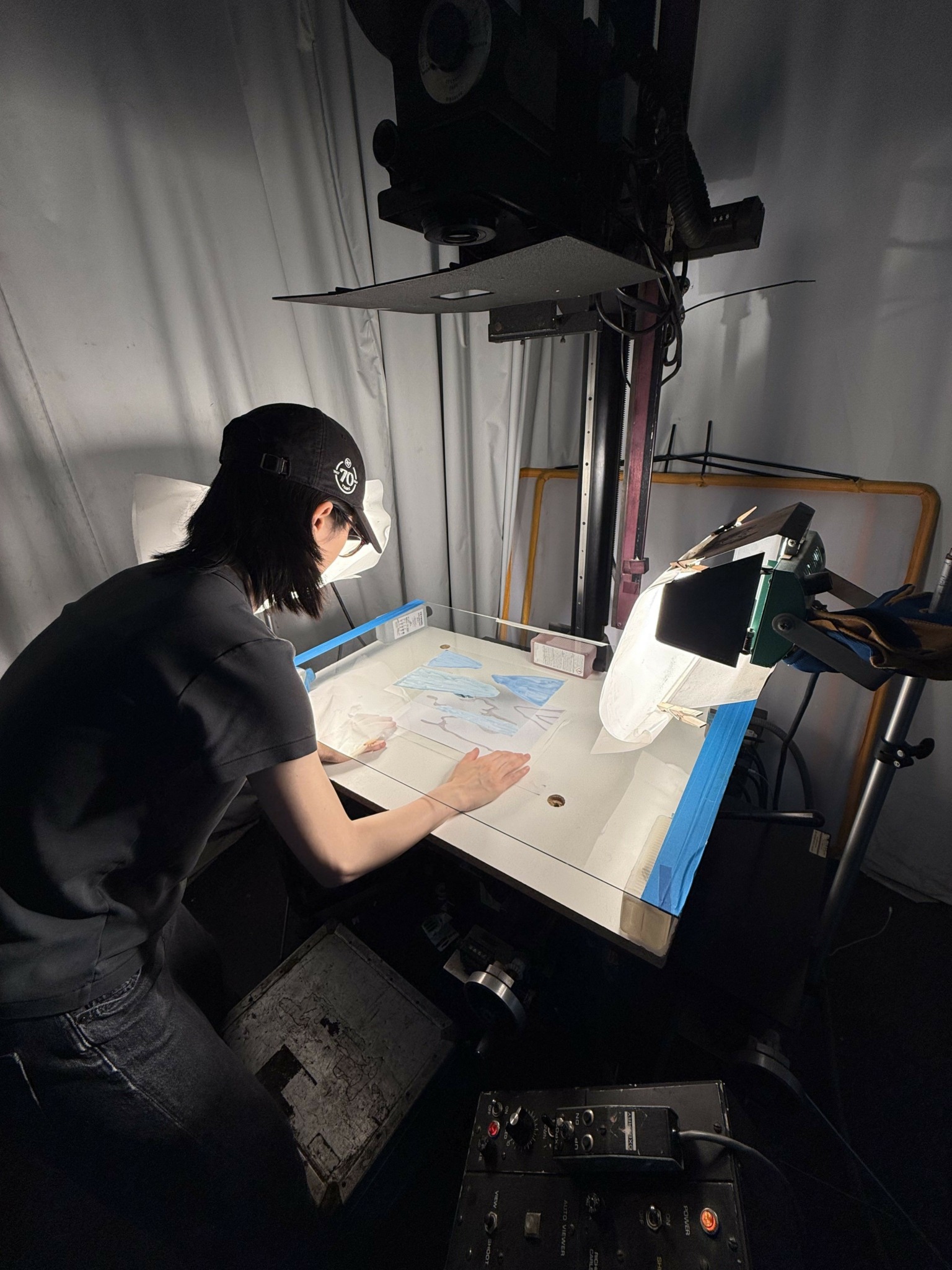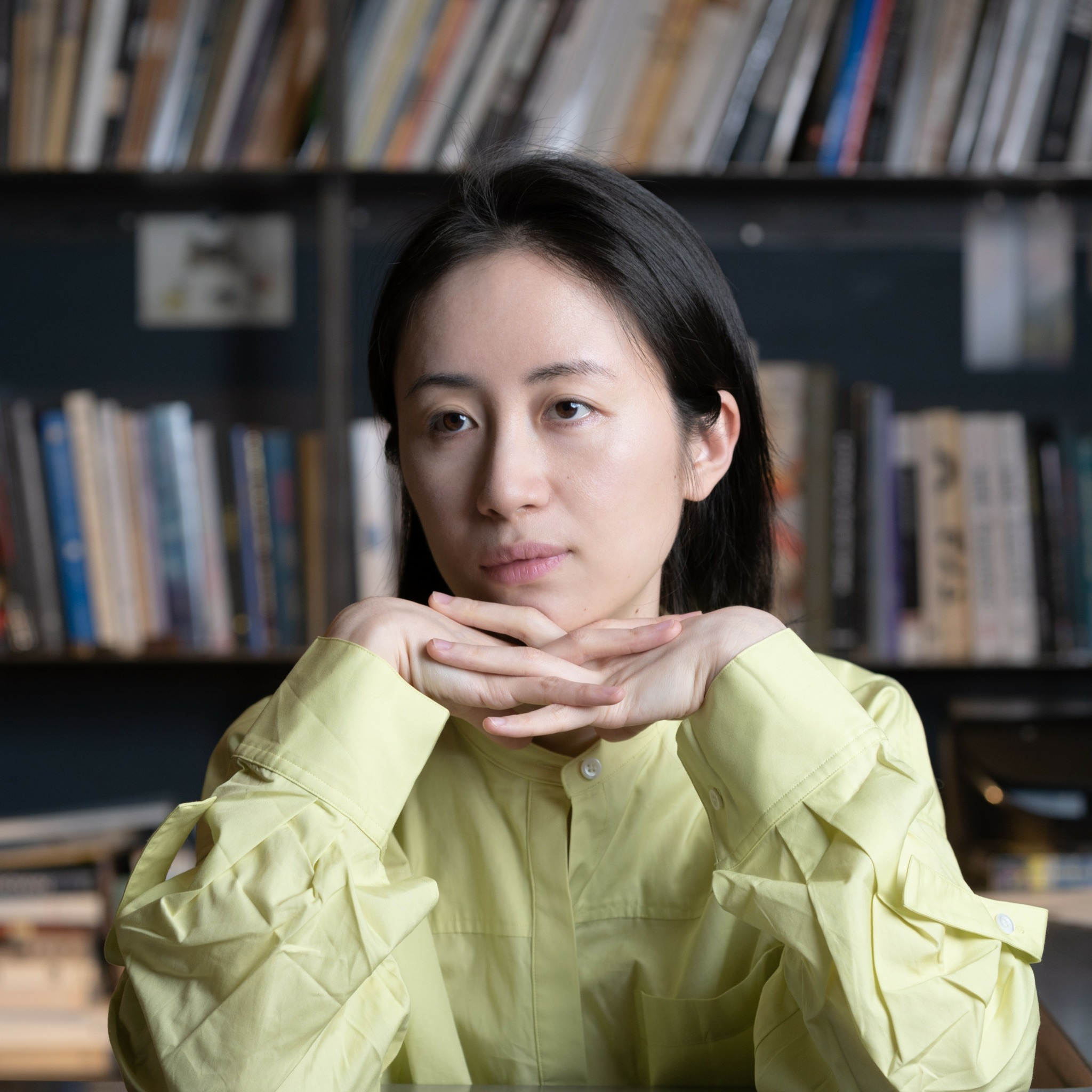We’re excited to introduce you to the always interesting and insightful Xun Wang. We hope you’ll enjoy our conversation with Xun below.
Xun, looking forward to hearing all of your stories today. What’s been the most meaningful project you’ve worked on?
The most meaningful project I’ve worked on is an ongoing series of mixed media works born from a year of living with a feral cat named Jade Xiaoyu. Our relationship unfolded without language—through tension, distance, and eventually, trust. While I appeared to be domesticating him, I was also being changed. We met in a space beyond dominance, where gestures became dialogue, and presence became care.
As an Asian artist in the U.S., I often inhabit the margins—much like Jade Xiaoyu, who once lived unseen at the edges of the world. Our connection mirrored a shared condition of otherness. This project became a quiet resistance to human exceptionalism, a meditation on how intimacy, across species and silences, can shift the boundaries of identity.
I’m not telling a story about a cat. I’m exploring a space where self and other blur, where care does not require control, and where the feral and the foreign reveal new forms of relation.

As always, we appreciate you sharing your insights and we’ve got a few more questions for you, but before we get to all of that can you take a minute to introduce yourself and give our readers some of your back background and context?
My name is Xun Wang. I was born and raised in Guizhou, China, and studied traditional Chinese painting during my undergraduate years in Xiamen. After graduating, I moved to the United States to pursue an MFA in Sculpture at the Rinehart School of Sculpture at the Maryland Institute College of Art.
Now based in Brooklyn, my artistic practice centers on sculpture, installation, and drawing. I gather materials, recontextualizing them through touch and memories into forms that carry emotion, and contradiction. My works often begin with drawings that later unfold into sculptural, and installation gestures. Each piece becomes a meditation—an ongoing conversation between material, body, relationship and time.
What I’m most proud of is not a single exhibition or award, but the way I’ve remained true to a slow, intimate process of making. As an artist who often exists on the margins—culturally, linguistically, and personally—I’ve learned to embrace quietness as a form of resistance and presence.
What sets my work apart is this dedication to the peripheral: the unnoticed, the nonverbal. I hope viewers can feel that in the work—that it’s less about spectacle, and more about shared sensitivity.
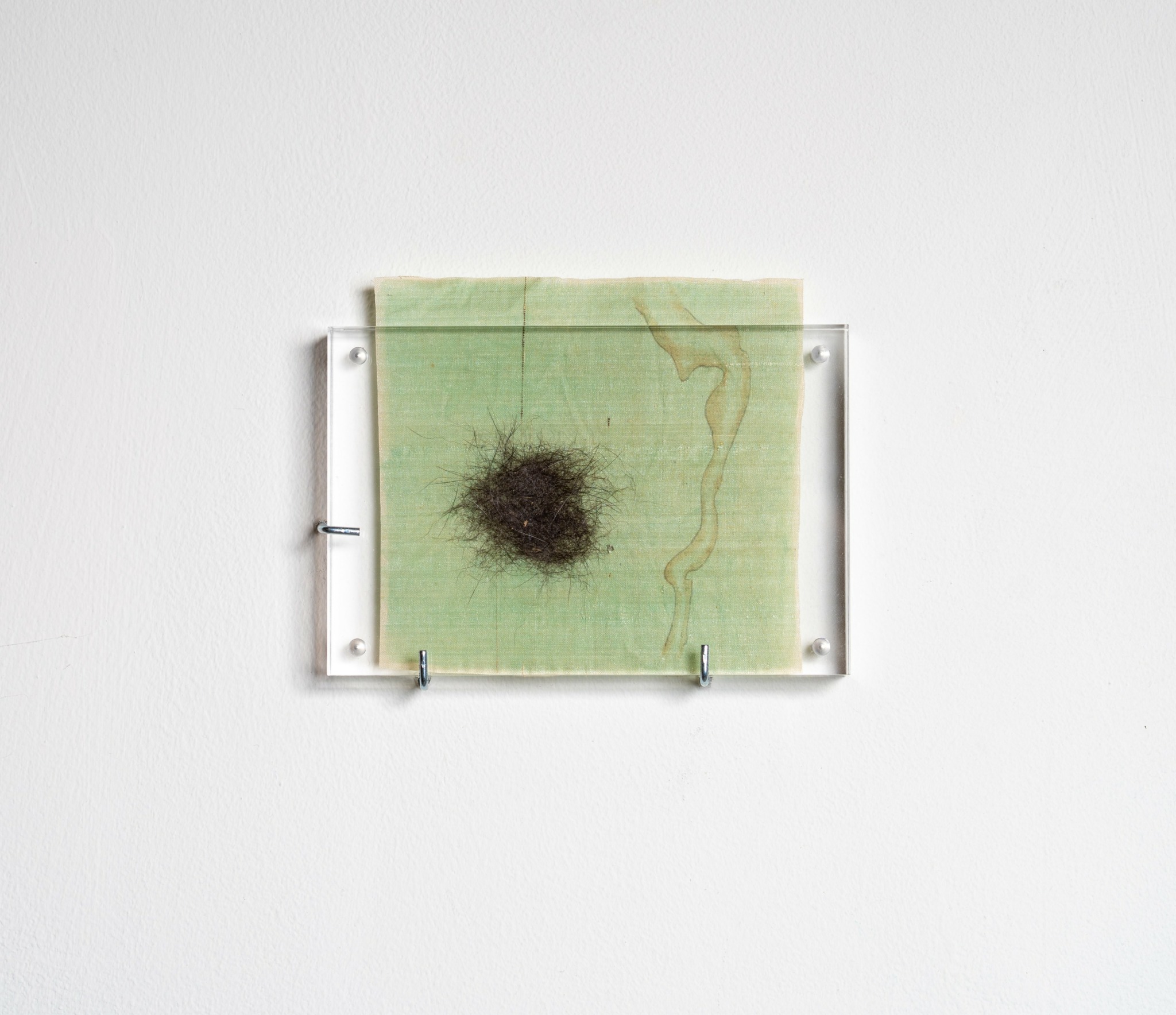
What’s the most rewarding aspect of being a creative in your experience?
For me, the most rewarding aspect of being an artist is the ability to give form to the abstract—and just as importantly, to let the concrete dissolve back into the uncertain. I’m drawn to that space of oscillation, where meaning isn’t fixed but continually reshaped through process, perception, and time. As someone who often moves along the edges—between cultures, between languages, between ways of being—I find a strange clarity in working within states of incompleteness, absence, and fluidity. Art allows me to dwell there, to make that instability visible, and to share it.

Can you share a story from your journey that illustrates your resilience?
One journey that shaped my resilience was the slow, quiet process of building trust with a once-feral cat I brought home. That year taught me to stay with uncertainty and move through it with patience. In the end, he changed the way I understand what it means to coexist—to share space, time, and boundaries with another being.
That experience paralleled my own journey as an artist and immigrant—learning to inhabit unfamiliar structures while holding on to an inner rhythm. Resilience, for me, is not about force, but about remaining with difficulty, listening closely, and allowing transformation to unfold—gently, and with sensitivity.
Contact Info:
- Website: https://www.wangxunart.com
- Instagram: wangxunart
